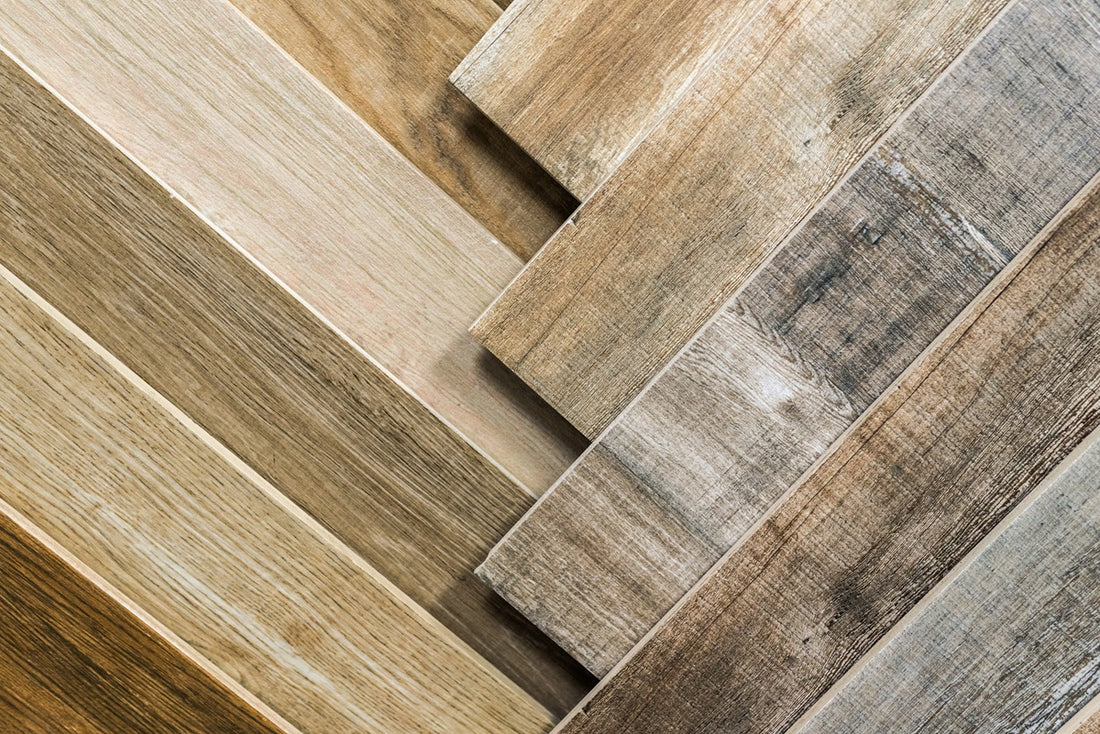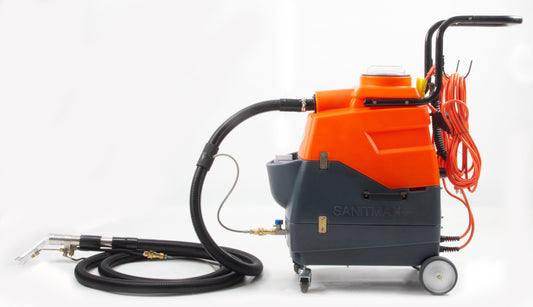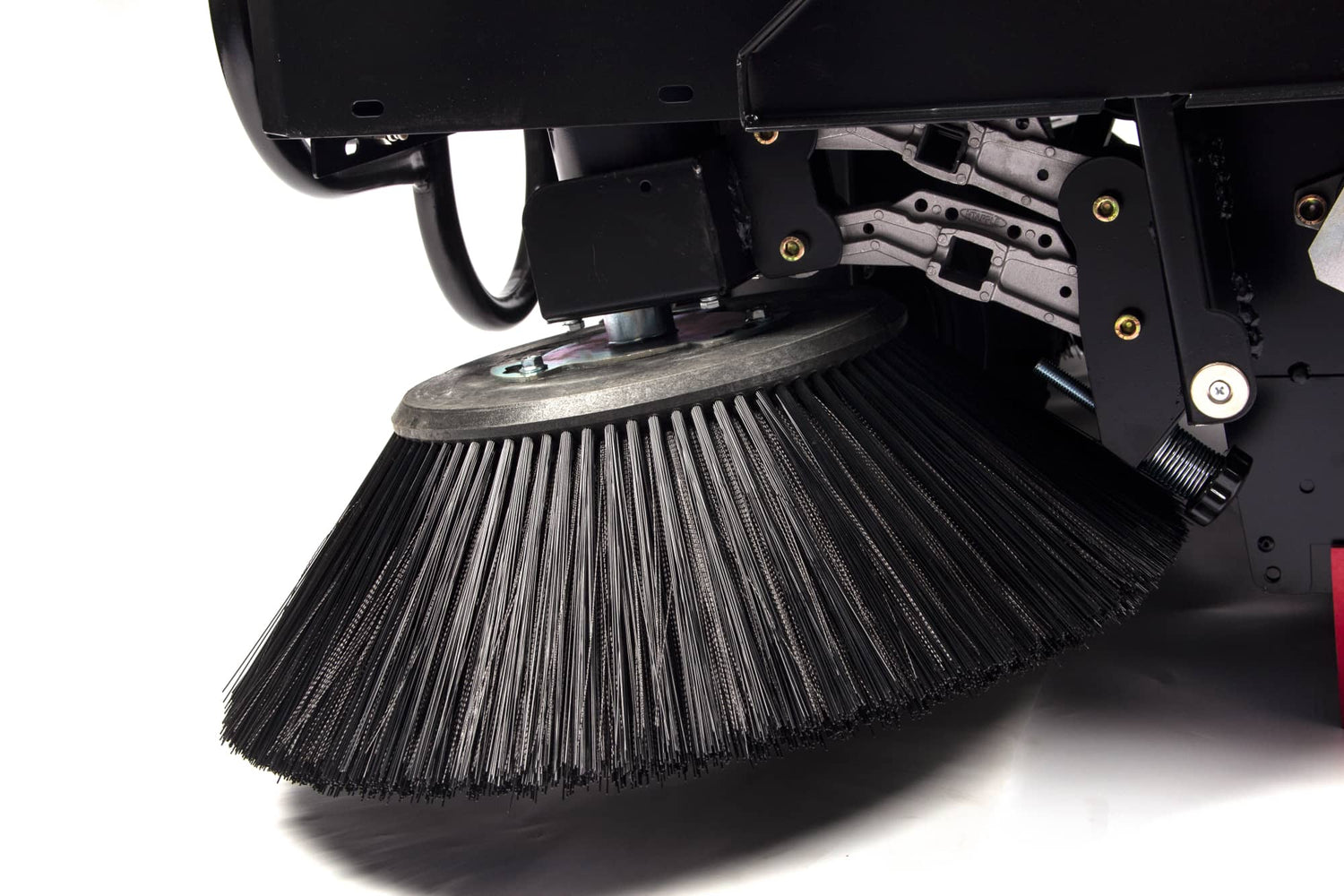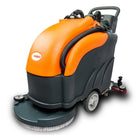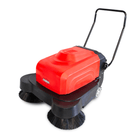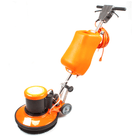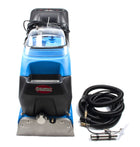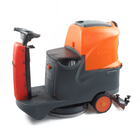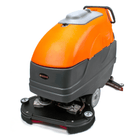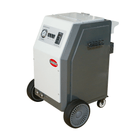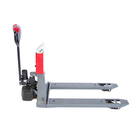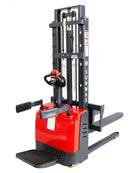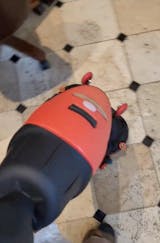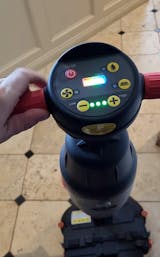The floor is a fundamental component in any space that impacts overall appearance, comfort, and hygiene. With the vast array of flooring materials available, each comes with its own cleaning and maintenance requirements. Understanding how to clean different types of floors is essential for preserving their beauty and longevity and ensuring a clean, safe environment for occupants. This guide aims to provide clear, practical advice on the best way to keep industrial floors clean and residential spaces, covering everything from hardy concrete floors to elegant wood floors.
The challenge in floor maintenance lies in recognizing the unique characteristics of each flooring type. For instance, the porous nature of concrete floors demands sealants to prevent moisture absorption, while the sensitivity of wood floors to water requires careful cleaning to avoid damage. Techniques and tools, such as dry ice blasters, floor sweepers, and floor scrubbers, play pivotal roles in effectively addressing the different types of floor cleaning and maintenance challenges. Whether you're dealing with daily upkeep or deep cleaning tasks, the right approach can significantly enhance the appearance and lifespan of your floors.
Our comprehensive guide delves into the specifics of different types of floors and how to clean them, offering valuable insights for homeowners, business owners, and cleaning professionals. By following these guidelines, you can ensure that your floors look their best and contribute to a healthier, more inviting space. Let's explore the optimal cleaning strategies for various flooring materials, helping you maintain your floors with confidence and ease.
What's the Best Way to Clean Concrete Floors?
Concrete floors are popular for their durability and ease of maintenance, but they still require proper care to remain in top condition. Cleaning different types of floors begins with knowing the specifics of each material, and concrete is no exception. First and foremost, protect your concrete floor with a high-quality commercial sealer. This step is crucial as it prevents moisture and debris from penetrating the porous surface, which can lead to damage over time.
- Begin by thoroughly dusting or sweeping the floor to remove any loose dirt.
- Use a mild cleaner suitable for concrete and gently mop the floor for regular cleaning. Avoid using harsh chemicals that can strip the sealer and damage the surface.
- Periodically, floor scrubbers can be used for a deeper clean, especially in commercial or industrial settings where the best way to keep industrial floors clean involves heavy-duty equipment.
- Finally, consider waxing your concrete floors every few months to maintain their luster and protect them from wear and tear.
How Should You Care for Vinyl Floors?
Vinyl flooring, with its versatility and aesthetic appeal, requires careful cleaning to avoid damage. The paramount rule here is to handle moisture correctly; never let spills sit, and wipe them up immediately with a soft, smooth cloth to prevent damage to the vinyl's surface and adhesive layer.
- Regular cleaning should involve a gentle, neutral floor cleaner designed for vinyl flooring. Apply it with a soft mop or cloth, taking care not to soak the floor.
- For daily maintenance, dry mopping or a vacuum without a beater bar keeps dust and debris at bay, preventing scratches and surface wear.
- Protect your vinyl floors from heavy furniture by using protective pads under your legs and moving furniture carefully to avoid gouging or tears.
Maintaining Terrazzo Floors: What Works Best?
Terrazzo floors combine durability with a unique aesthetic but require specific care to keep their shine over the years. The first step in caring for terrazzo involves sealing the floor with a quality terrazzo sealant, ensuring the marble top remains firmly attached to its concrete backing, regardless of foot traffic or cleaning frequency.
- For routine cleaning, simplicity is key: use water, a mild neutral floor cleaner, and a soft mop to maintain the terrazzo's natural gloss without risking damage.
- Immediate cleanup of spills is crucial to prevent staining, especially given the marble component of terrazzo flooring.
- Employ floor sweepers for daily dust removal, ensuring that the fine particles that can scratch or dull the surface are effectively managed.
What's the Right Way to Clean Linoleum Floors?
Linoleum flooring is celebrated for its eco-friendliness and versatile designs, making it a favorite in many homes and businesses. Like other flooring types, linoleum has its cleaning specifics to remain vibrant and damage-free.
- Start with regular dusting or vacuuming to remove surface dirt. For mopping, use a damp mop with a mild cleaner designed for linoleum to avoid leaving residues or causing swelling.
- To tackle stubborn stains or marks, linoleum-friendly floor wax can be applied. After waxing, buff the floor with a slightly damp cloth to bring out a high sheen.
- Place mats at entrances to reduce the amount of dirt and moisture brought onto the linoleum, extending its life and beauty.
Ceramic Tile Floors: How to Keep Them Spotless?
Ceramic tile floors are a durable and attractive option for any space, but keeping them clean requires attention to both the tiles and the grout. Regular cleaning keeps the shine on your tiles and prevents grout from becoming a breeding ground for mold and mildew.
- Mop your ceramic tile floors regularly with a mild, neutral floor cleaner and a wet mop to keep them looking new. Avoid using harsh chemicals that can dull the tiles or damage the grout.
- Clean the grout lines separately with a soft brush, water mixture, and a gentle cleaner. If the grout is sealed, use a product compatible with the sealer to maintain its protective qualities.
- For an added layer of protection, especially in high-traffic areas, consider using floor sweepers for daily debris removal, ensuring your tiles remain immaculate.
The Best Practices for Marble Floor Care
Marble floors offer unparalleled elegance and beauty but require careful maintenance to avoid damage. The porous nature of marble makes it susceptible to staining and etching, so proper care is essential.
- Seal your marble floors periodically with a quality marble sealer to protect against moisture and stains. This step is crucial for maintaining the integrity of the marble.
- To avoid harming the marble's surface, use hot water and a pH-neutral cleaner for daily cleaning. Always use a soft mop to apply the solution, ensuring gentle but effective cleaning.
- Promptly clean up any spills to prevent potential staining. Using coasters under all glasses and bottles can also help avoid etch marks caused by acidic substances.
Wood Floors: How to Clean and Maintain Them?
Wood floors add warmth and character to any space but require specific care to prevent damage. Water and moisture are the main enemies of wood, potentially causing warping, staining, and deterioration of the finish.
- Daily dusting or dry mopping helps remove surface dirt and debris, preventing scratches on the wood's surface. Always choose a cleaner specifically formulated for wood floors when it comes to deeper cleaning.
- Avoid using water or steam cleaners on your wood floors. If spills occur, wipe them up immediately with a dry cloth. Apply a wood floor polish according to the manufacturer's instructions for added shine and protection.
- Utilize rugs and mats in high-traffic areas to minimize wear and tear on the wood. Additionally, placing protective pads under furniture can prevent scratches and dents.
Leveraging Advanced Cleaning Equipment
In some cases, especially in commercial or industrial settings, traditional cleaning methods may not suffice. This is where advanced cleaning equipment like dry ice blasters, floor sweepers, and floor scrubbers come into play, offering efficient solutions for different floor cleaning and maintenance challenges.
- Dry ice blasters provide a non-abrasive method to clean surfaces without water, making them ideal for sensitive equipment and materials where moisture is a concern.
- Floor sweepers are perfect for daily debris removal across large areas, efficiently picking up dust, dirt, and other particulates.
- Floor scrubbers offer a deeper clean for all floor types, using brushes and cleaners to remove grime and stains, thereby ensuring the longevity and aesthetics of your flooring investment.
Understanding the nuances of how to clean different types of floors is vital for anyone tasked with floor maintenance. Whether you're dealing with a delicate wood floor or a sturdy concrete floor, the right approach and tools can make all the difference in preserving the beauty and functionality of your floors for years to come.

